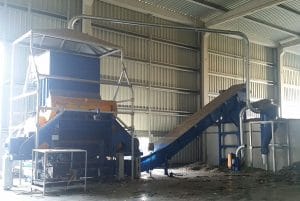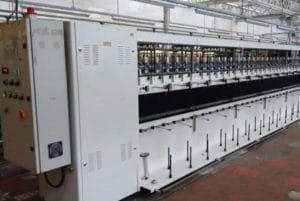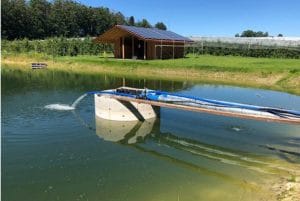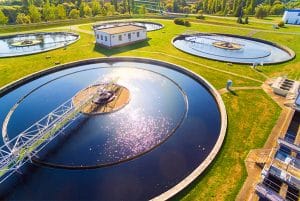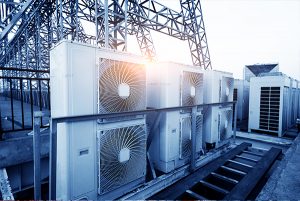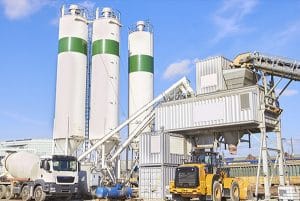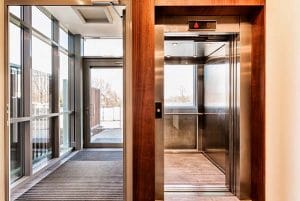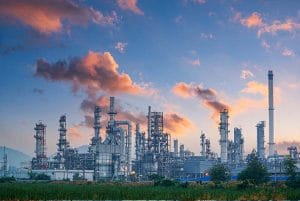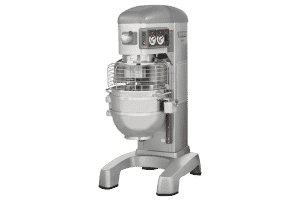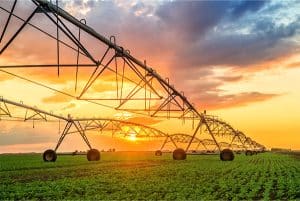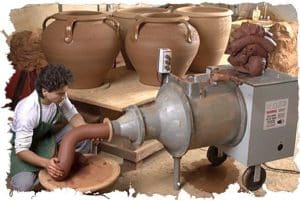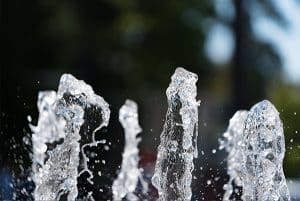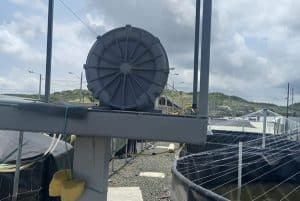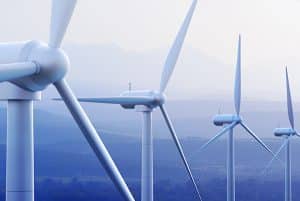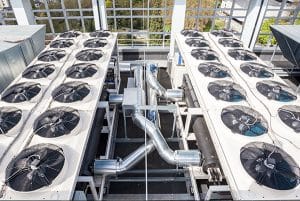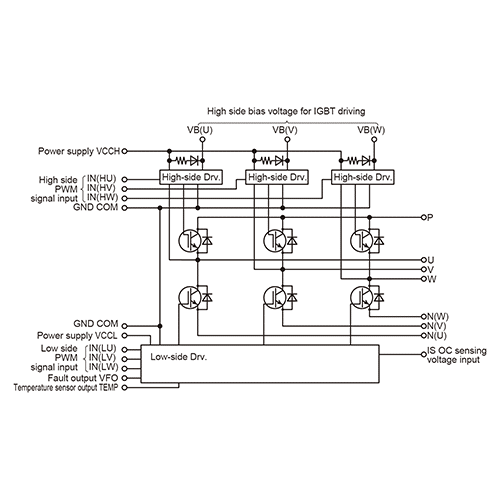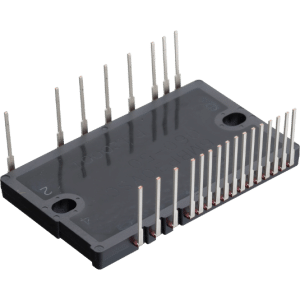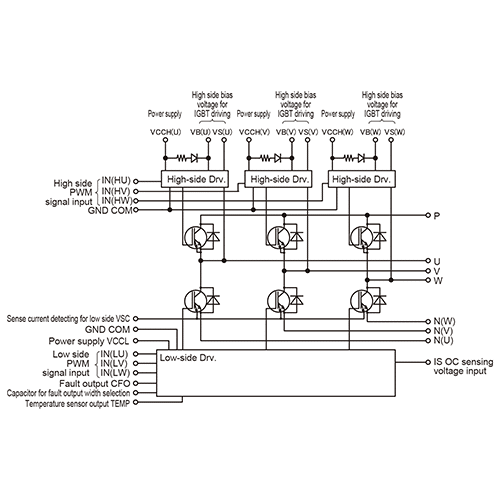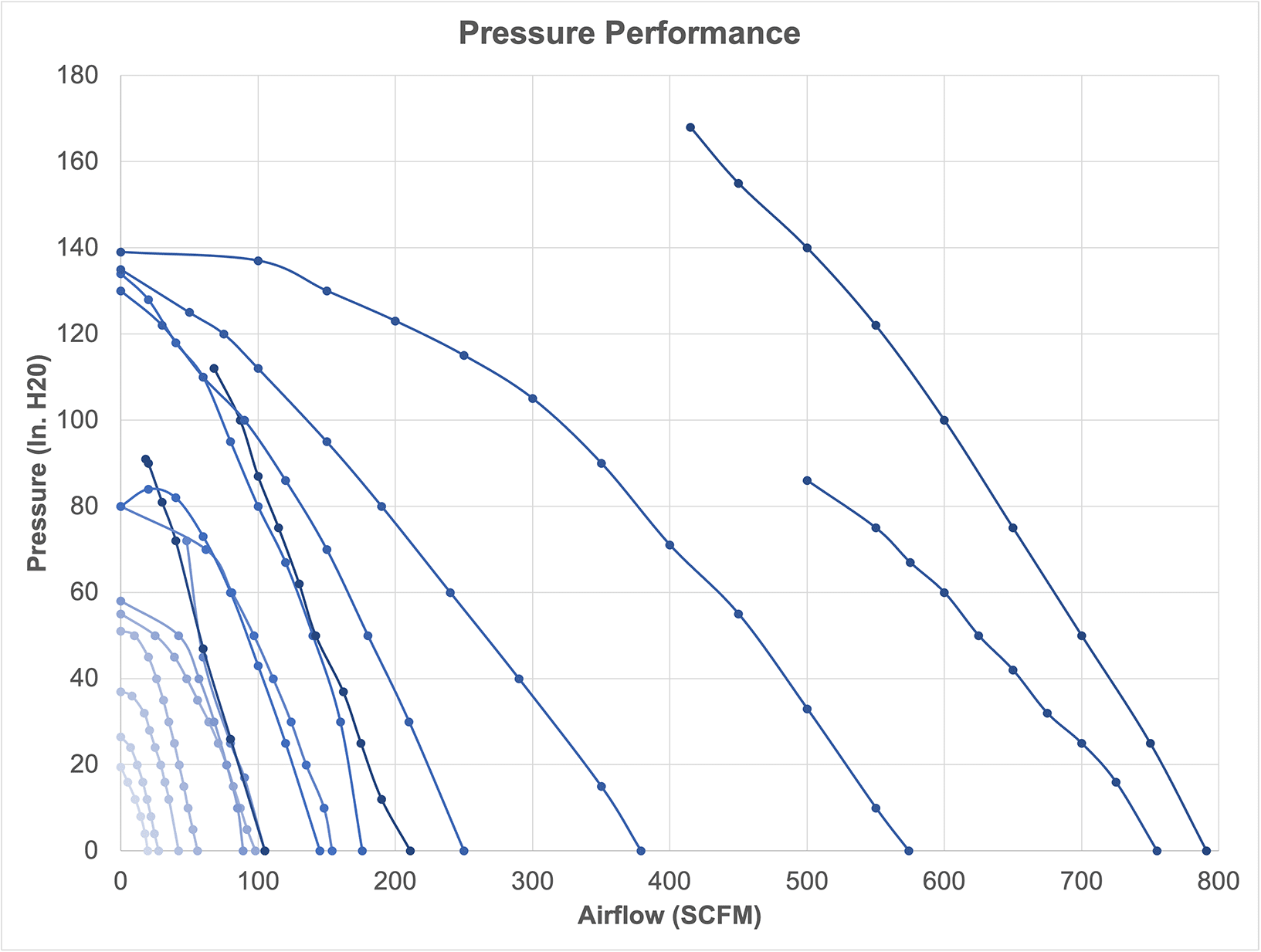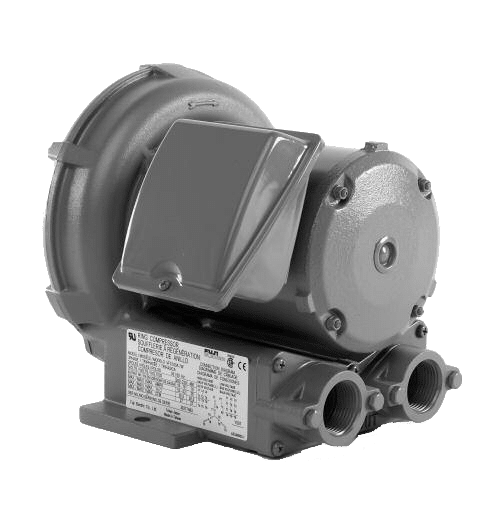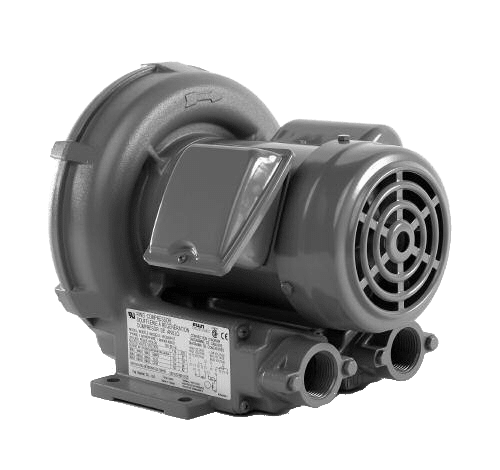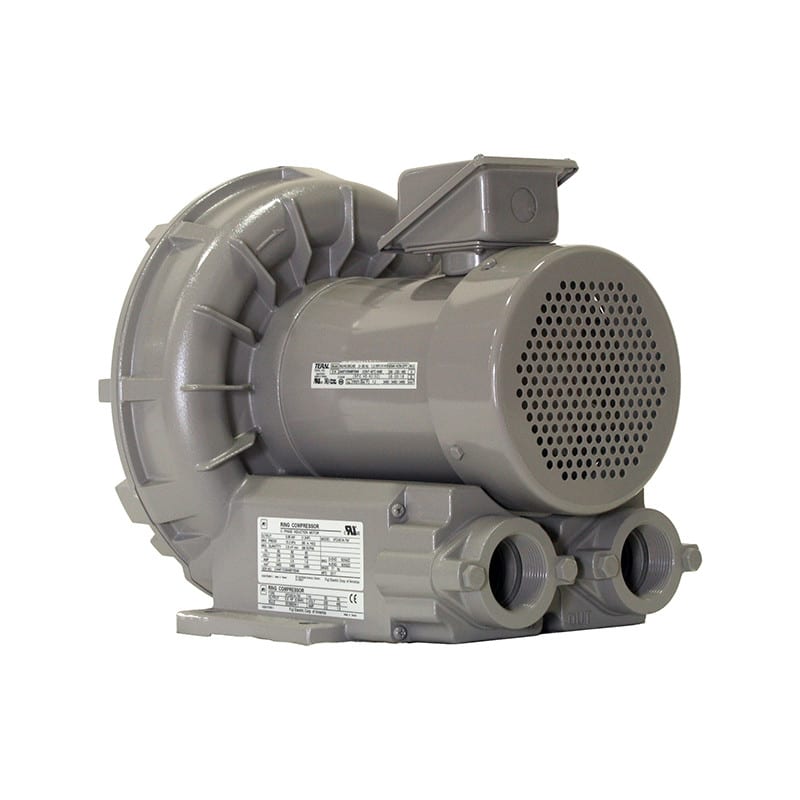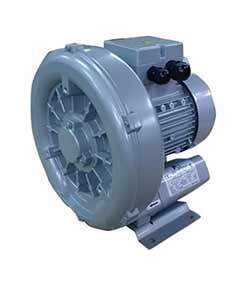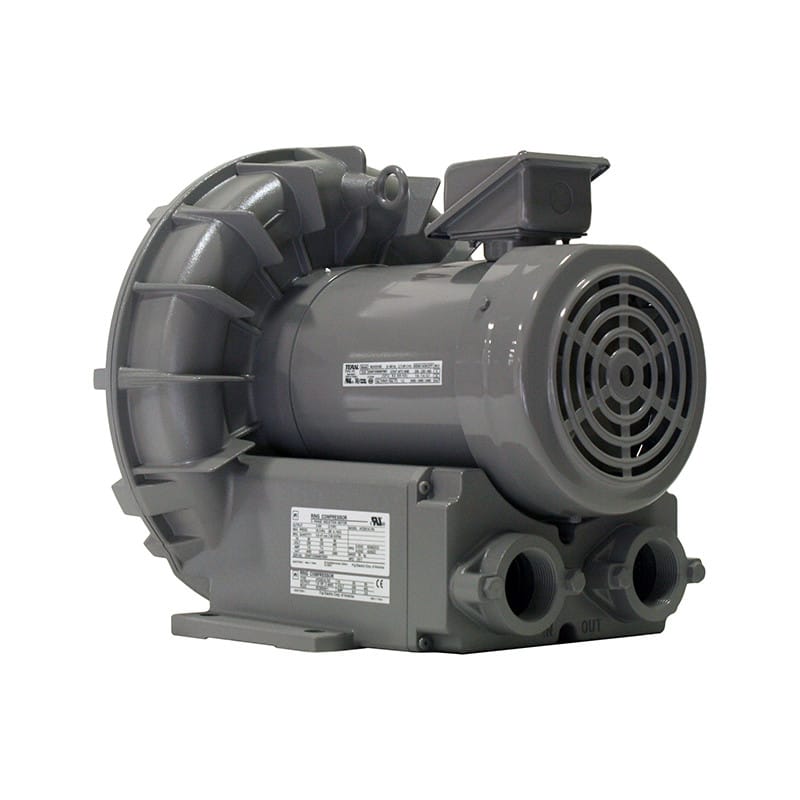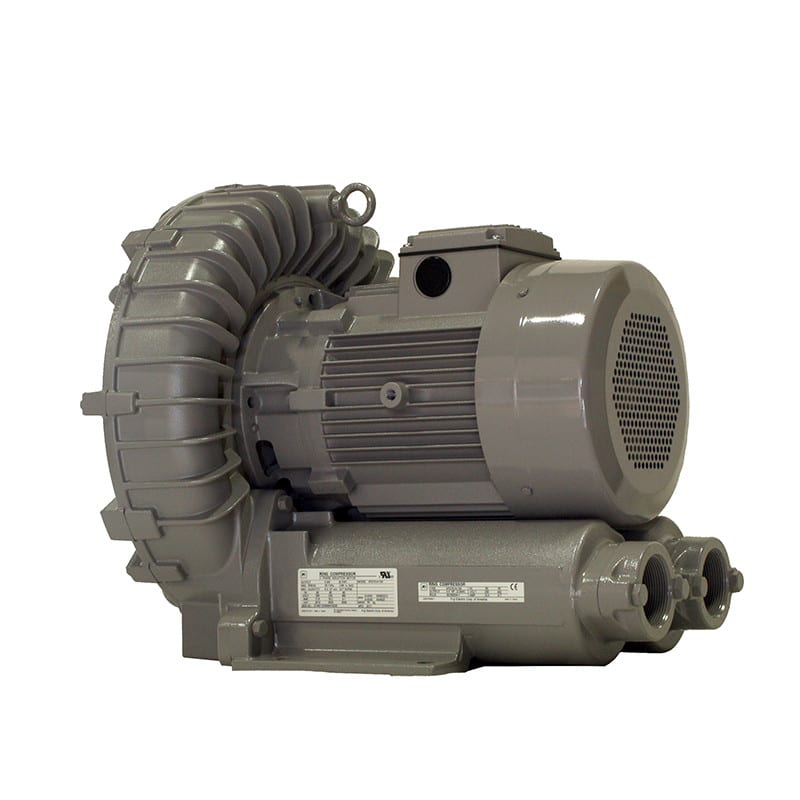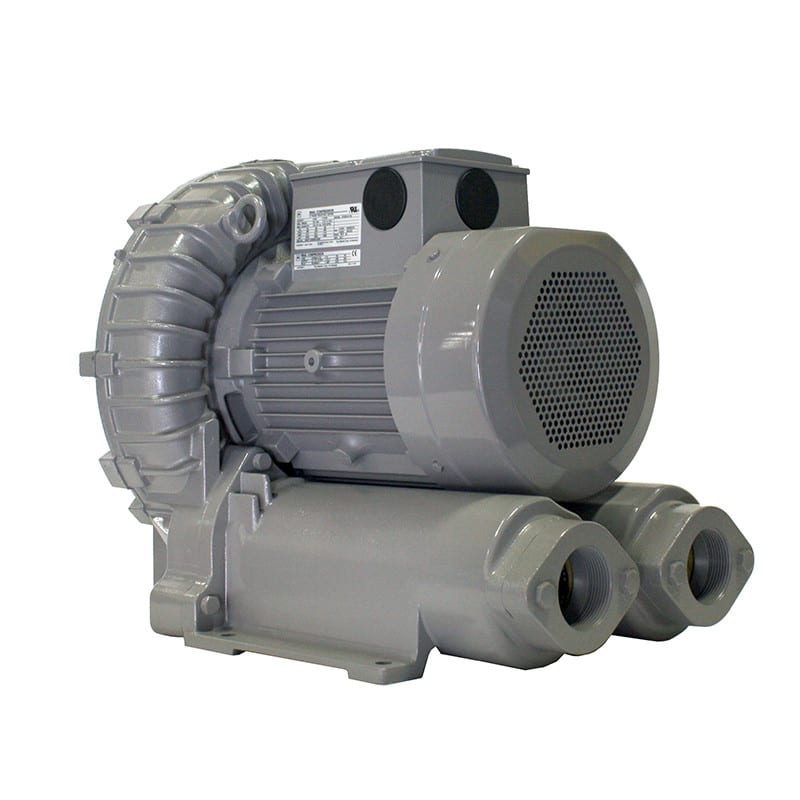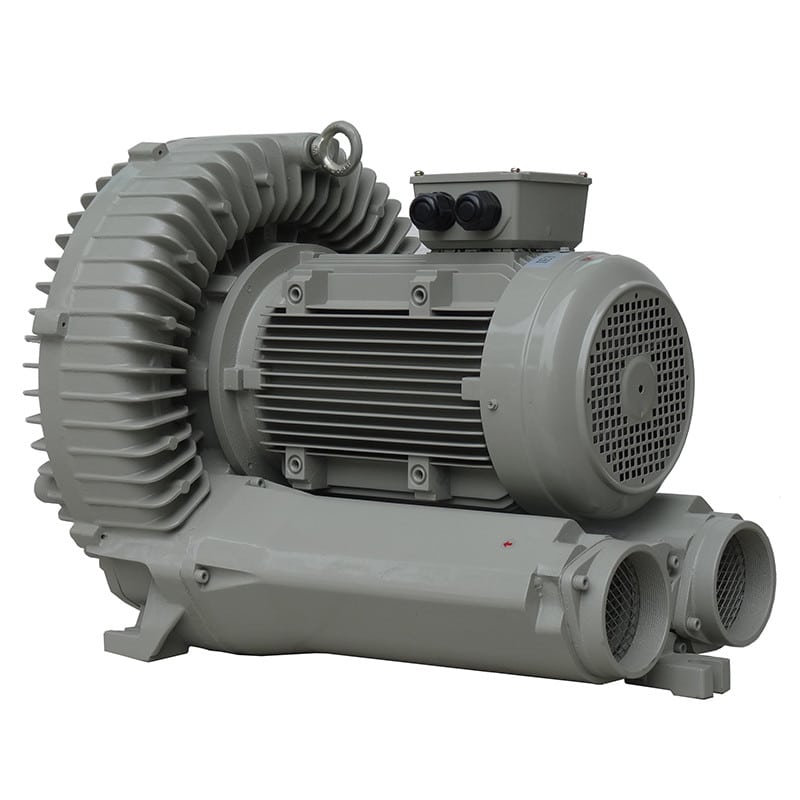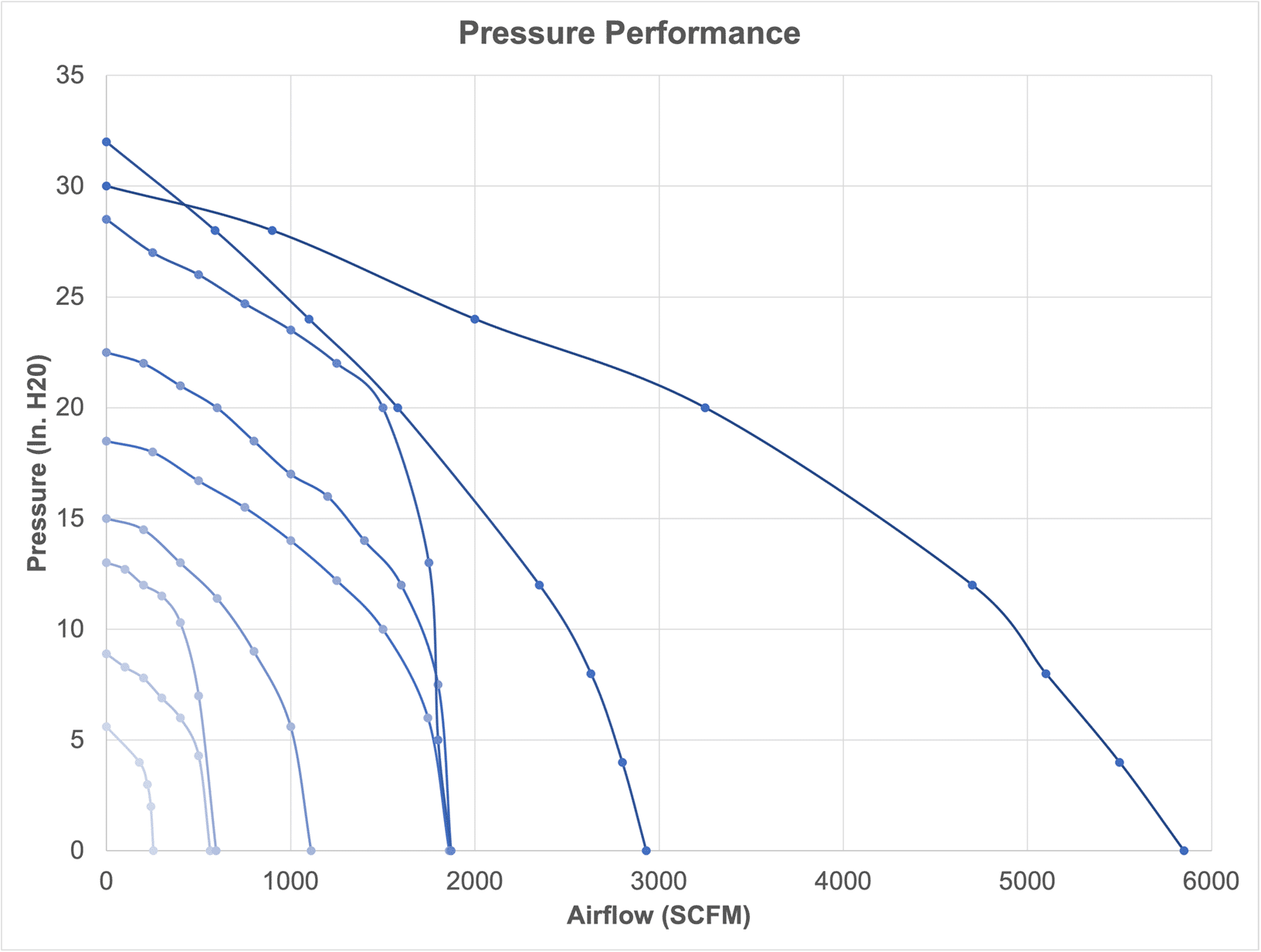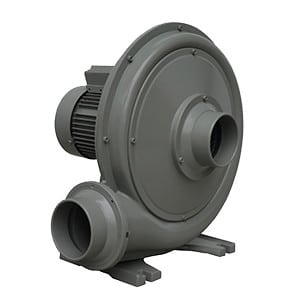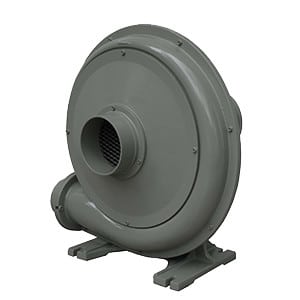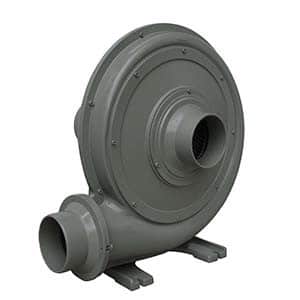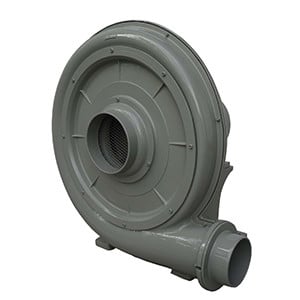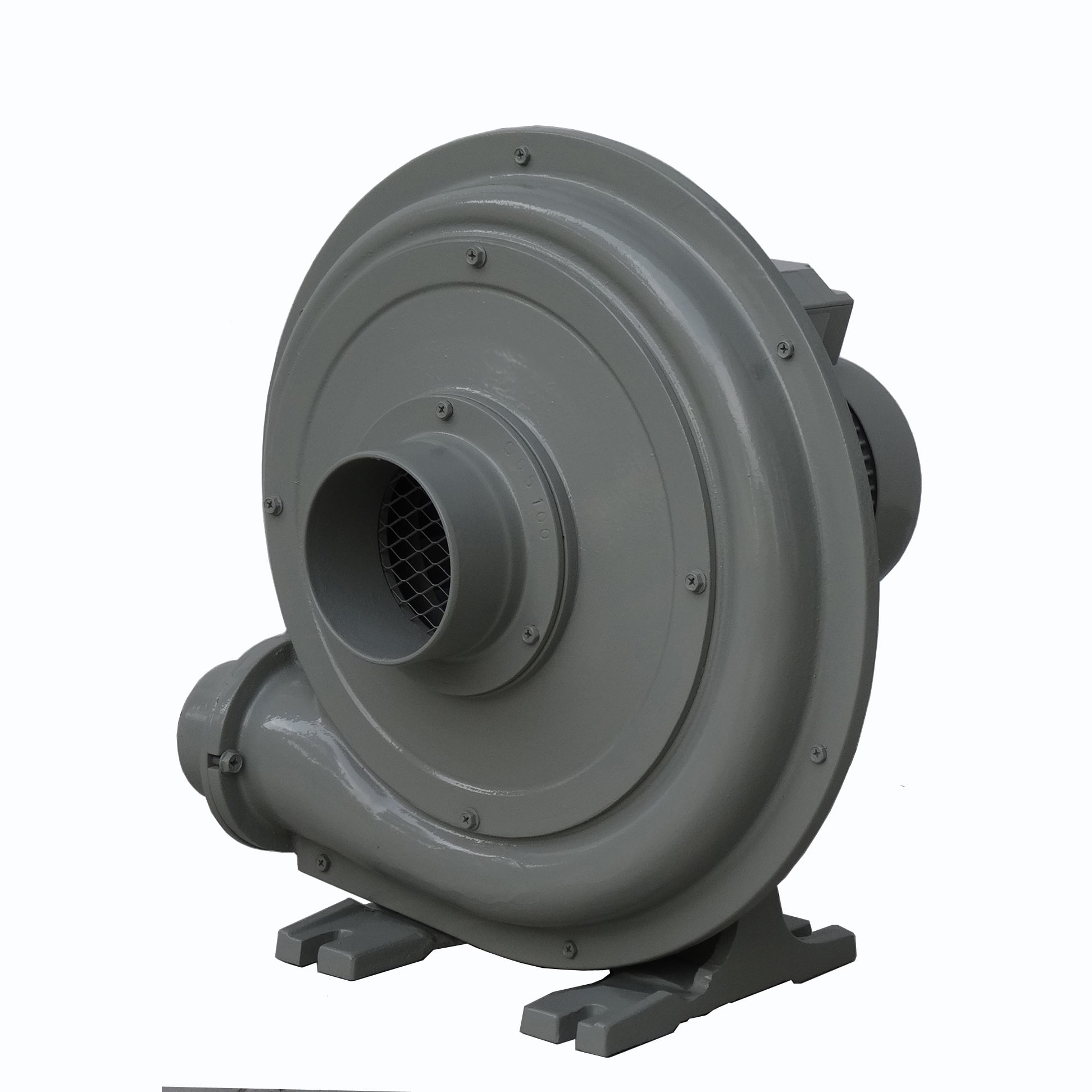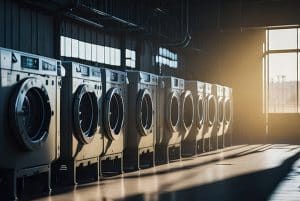Selecting the appropriate industrial pressure transmitter poses a significant challenge. When determining the ideal transmitter for your specific application, it’s crucial to ask the right questions during the decision-making process. 
Question 1: What is the type of measurement?
- Pressure measurement – The pressure transmitter’s most prevalent usage involves measuring both pressure and vacuum. In this application, the sensor experiences pressure, typically from sources like pumps or compressors
- Level Measurement – The sensor gauges the variance in elevation between two locations. It can be employed for determining the height of a liquid column
- Flow measurement – Differential pressure flow measurement relies on the pressure contrast within a moving fluid, facilitated by specialized primary components. These flow meters are instrumental in quantifying the flow of both liquids and gases within pipelines
- Density measurement – Utilizing a differential pressure transmitter for density measurement proves to be an efficient approach for assessing the density of liquids
Question 2: What is the nature of the fluid?
Considering the composition of the fluid, whether it’s gas, liquid, or vapor, holds significant importance in process measurement. Understanding the essential characteristics of the fluid is crucial for selecting the appropriate sensor for your industrial process.
Question 3: What type of pressure is being measured?
The pressure type you intend to measure—Differential, Gauge, Absolute, or Vacuum—is a crucial factor in selecting the appropriate pressure transmitter.
- Pressure transmitters designed for measuring pressure differentials and low pressures are highly suitable for tasks like monitoring filter clogging and determining fluid flow rates, especially when paired with depressurizing devices
- Relative or vacuum sensors within pressure transmitters are better suited for gauging static pressure or negative gauge pressure, typically when the sensor is exposed to pressure from sources like pumps or compressors.
- Absolute pressure transmitters are utilized in applications where pressure measurements are referenced relative to a perfect vacuum
Question 4: What is the fluid temperature?
Fluid temperature is a critical aspect to contemplate when choosing a pressure transmitter. These transmitters are typically engineered to function effectively with liquids, gases, or steam within specific temperature thresholds. The minimum and maximum operational temperature parameters of pressure transmitters play a significant role in selecting a sensor for prolonged usage. In instances of elevated temperatures, employing pressure transmitters with diaphragm seals becomes imperative to safeguard the sensor electronics from the process measurements.
Question 5: What is my measurement range?
The pressure range stands as the ultimate factor to ponder when deciding on a pressure transmitter. It’s imperative to select the zero and span parameters carefully to encompass the relevant range while avoiding surpassing the upper or lower limits necessary for accurate measurements.
Question 6: How corrosive is the fluid?
The corrosive nature of the fluid, whether contaminated or chemically aggressive, must be carefully considered when choosing a pressure transmitter. Certain fluids can corrode sensitive materials under specific conditions, influencing the selection of materials for components in contact with the fluid. This selection significantly impacts the sensor’s lifespan. It’s essential to verify the compatibility of the fluid with the construction materials of your pressure transmitter.
Question 7: What process connections are planned?
The variety of process connections—whether flanged, threaded, screwed, or hygienic—is another aspect to weigh when selecting the appropriate pressure transmitter. Different types of process connections cater to specific application needs:
- Flanged connections enable high pressure ratings with minimal pressure drops
- Threaded connections facilitate easy linking of hoses, tubes, and valves
- Hygienic connections ensure food safety during processing through sanitary designs
Question 8: What are the environmental conditions?
Environmental conditions within the application, including temperature, humidity, explosive atmosphere, dust, electromagnetic compatibility (EMC), vibrations, and safety integrity level (SIL), are additional crucial considerations when selecting a pressure transmitter. It’s essential to comprehend the operational context of the pressure transmitters and verify their ability to endure all potential conditions in their application environment. Furthermore, determining if your application necessitates specific safety certifications is imperative. Selecting a pressure transmitter with certifications such as SIL2 or ATEX, IECEx, etc., ensures compliance with safety requirements.
Question 9: What are the specific requirements of my application?
Specific requirements tailored to the application:
- When selecting a pressure transmitter, accuracy, stability, and response time emerge as pivotal considerations. Accuracy and stability hold paramount importance across all process measurement applications. Sensor accuracy denotes the degree to which the sensor output aligns with the actual measured value, influenced by various factors including temperature and static pressure.
- Response time stands as a critical aspect in pressure transmitter selection. It signifies the duration for the transmitter to react to pressure changes, with swiftness being imperative. This responsiveness directly impacts decision-making speed, making it a vital indicator based on the transmitter’s information. Particularly for applications demanding instant information, considering response time is essential.




